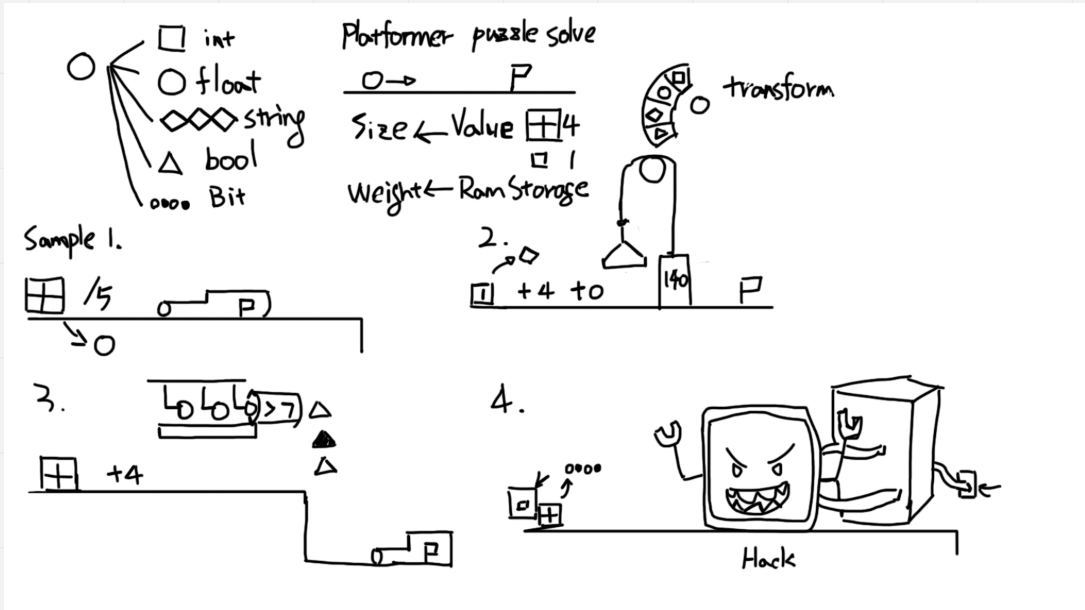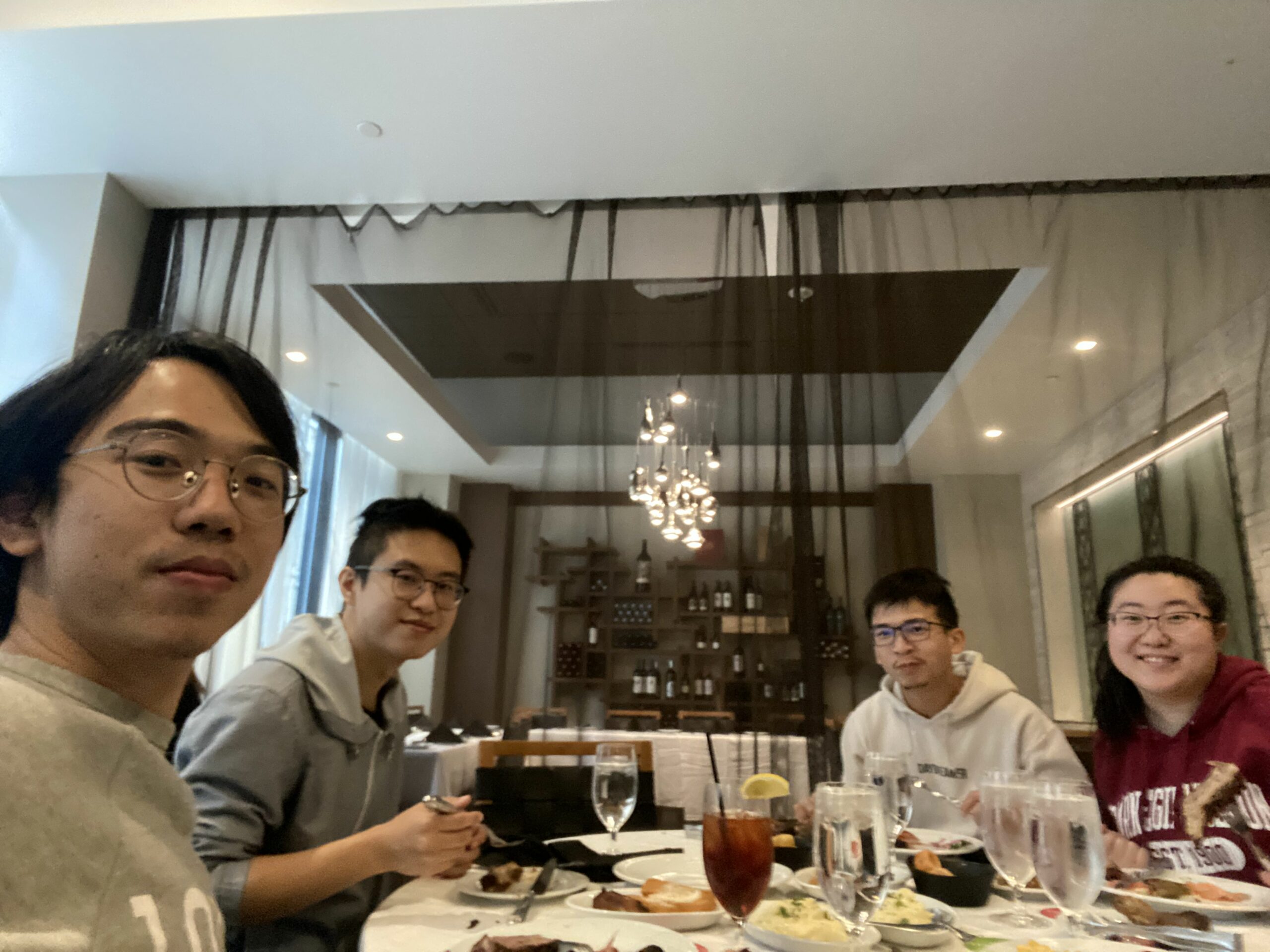Summary
This week, we elaborated more details on our 5 ideas and presented them to our client. With the feedback and confirmation that we should make a high-level and top-down approach for our game, we made the decision for our prototype direction. In the second half of the week, we built a playable paper prototype with a puzzle level demonstrating the core interaction and gameplay mechanics, and we conducted 2 playtests. At the end of the week, we went to Fogo de Chão for team bonding.
Proposals
We elaborated more on our 5 ideas, with the goal of depicting a crucial moment of the game with hand drafts to demonstrate the core gameplay mechanics.
1. Byte Factory
Control cute byte characters with a programming-lite panel to earn more money. The game goes through ideas from the binary system and bit operation, all the way to reverse engineering and binary exploitation.
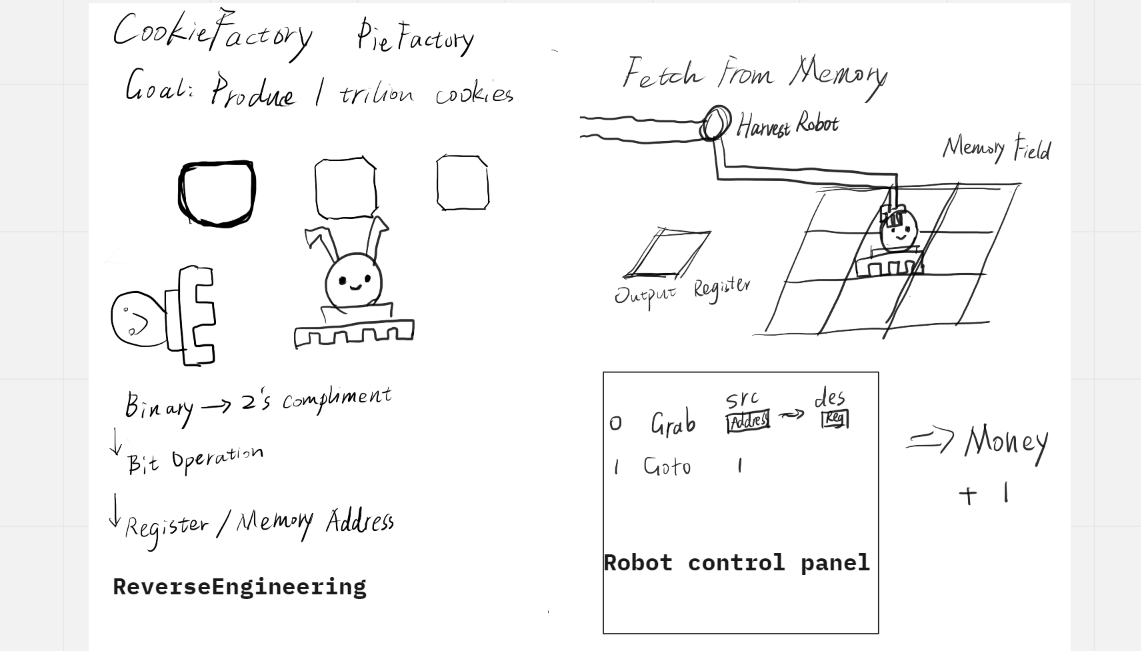
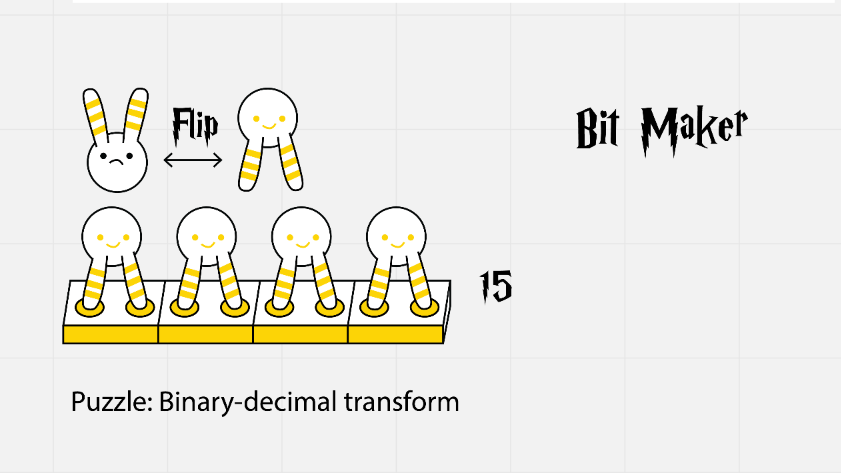
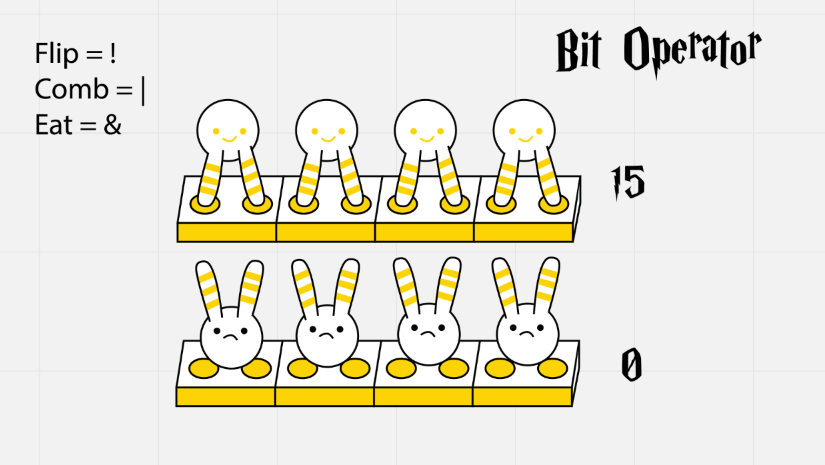
2. Slay the Buffer
Hack the enemy’s behavior by playing cards to replace the commands in their memory cells.
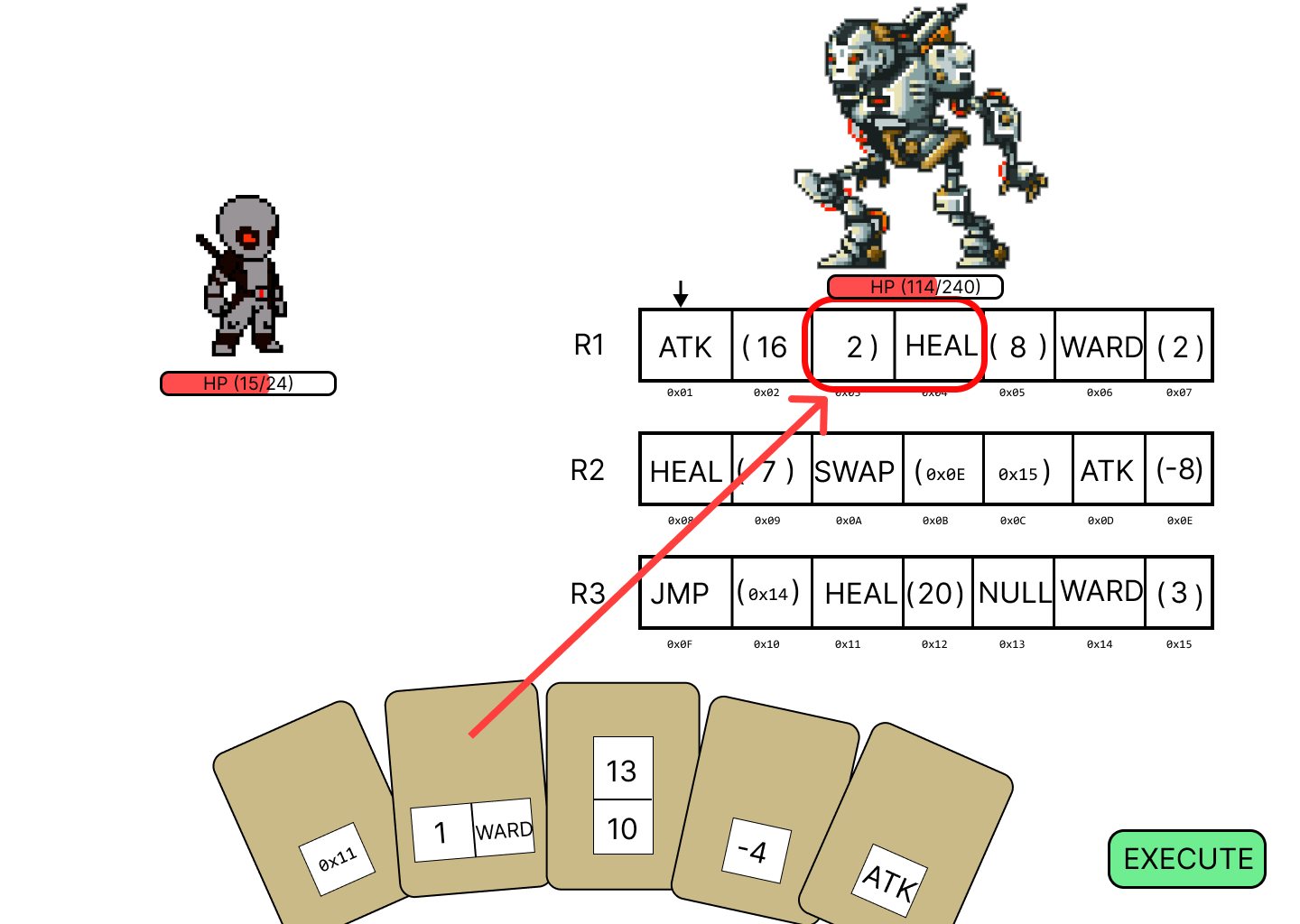
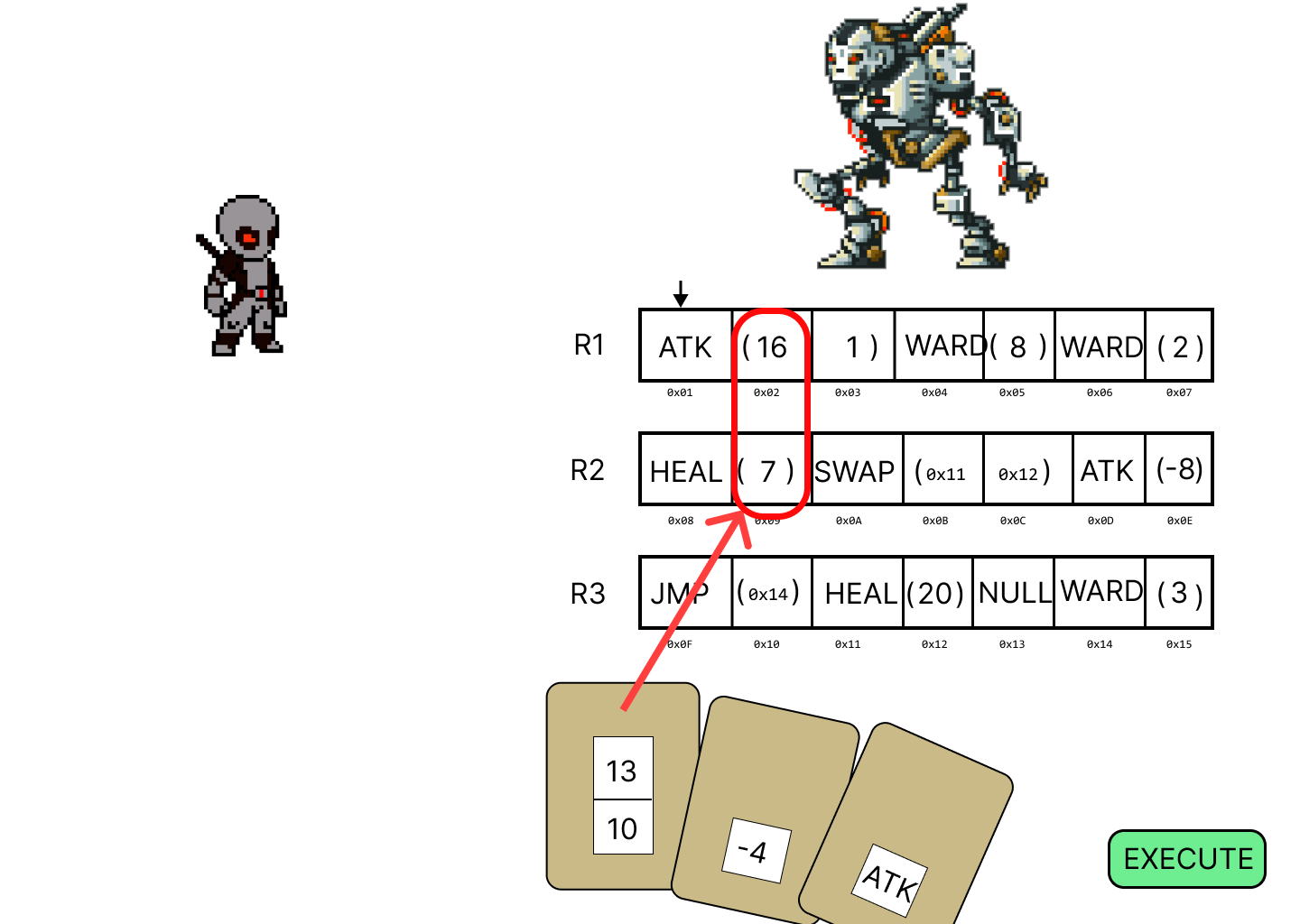
3. Exception
Control the character and hack and modify monsters’ behavior with a visual scripting panel.
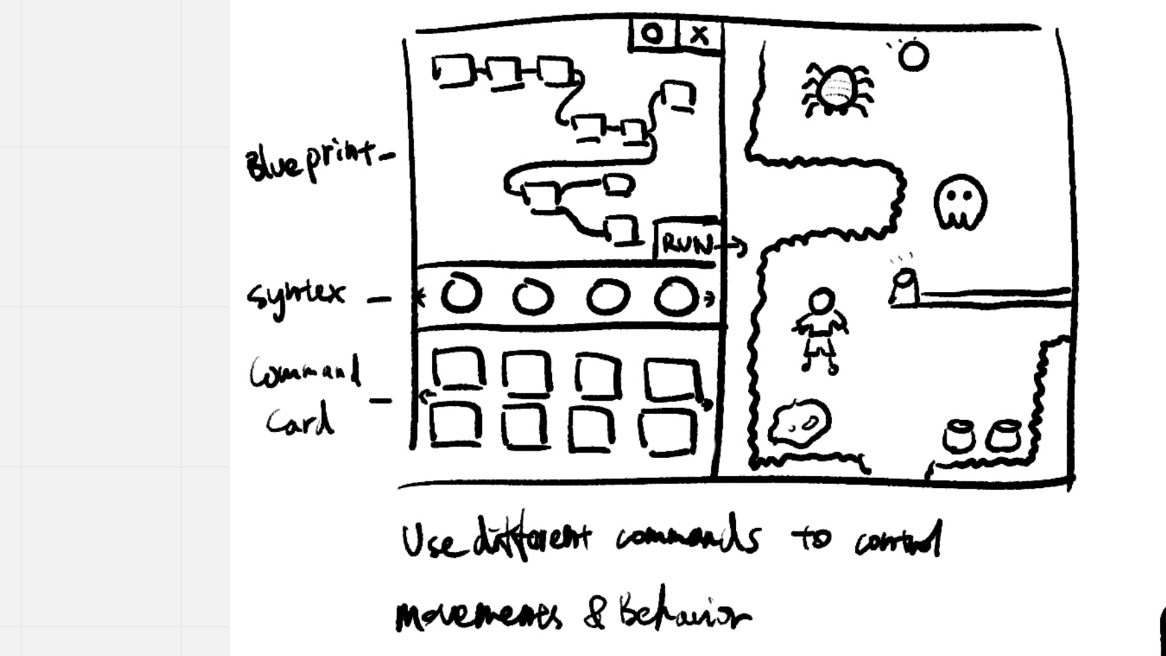
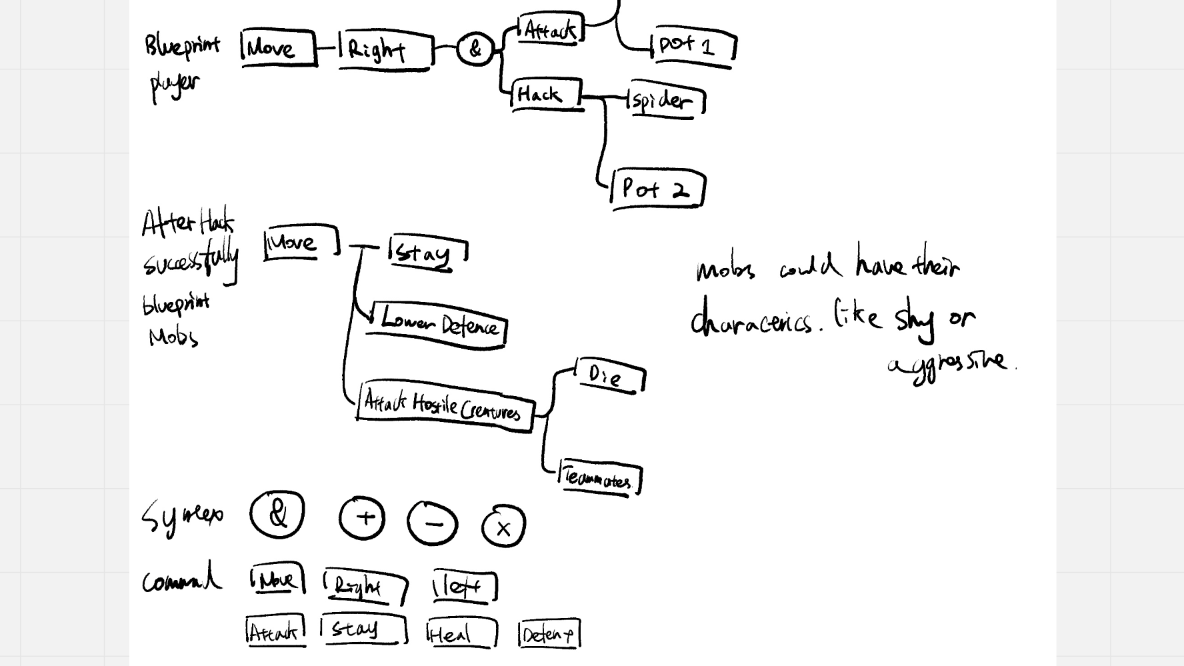
4. Nobody
Transform the character among different data types and goes through different computer operation machine to solve puzzles.
5. Decompiling Knight
Hack almost everything in the world and turn them into statements of property and value. Modify the statements to decide how items behave and thus solve puzzles. Figure out the hidden components by cross-testing; overflow the slots to overwrite components.
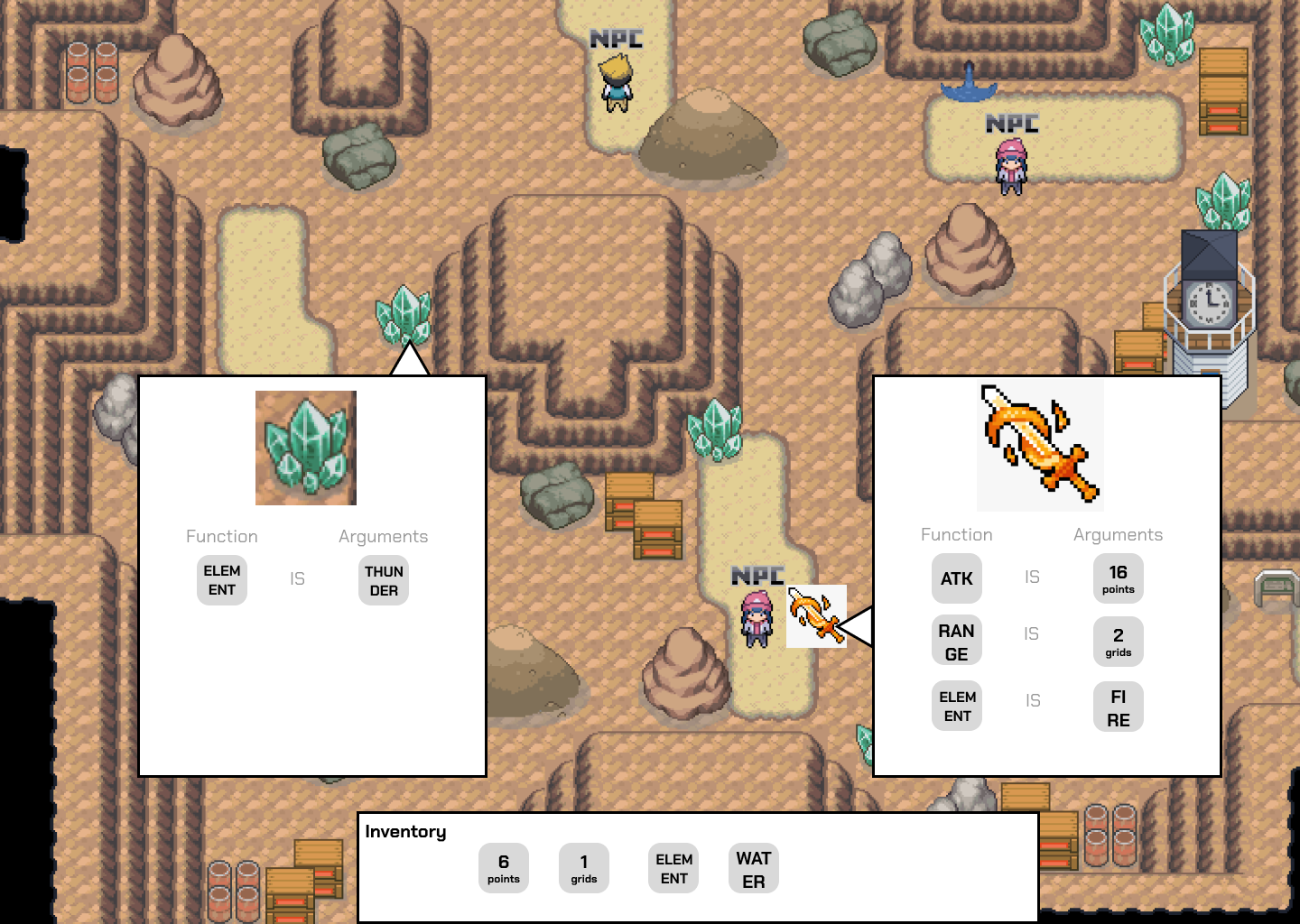
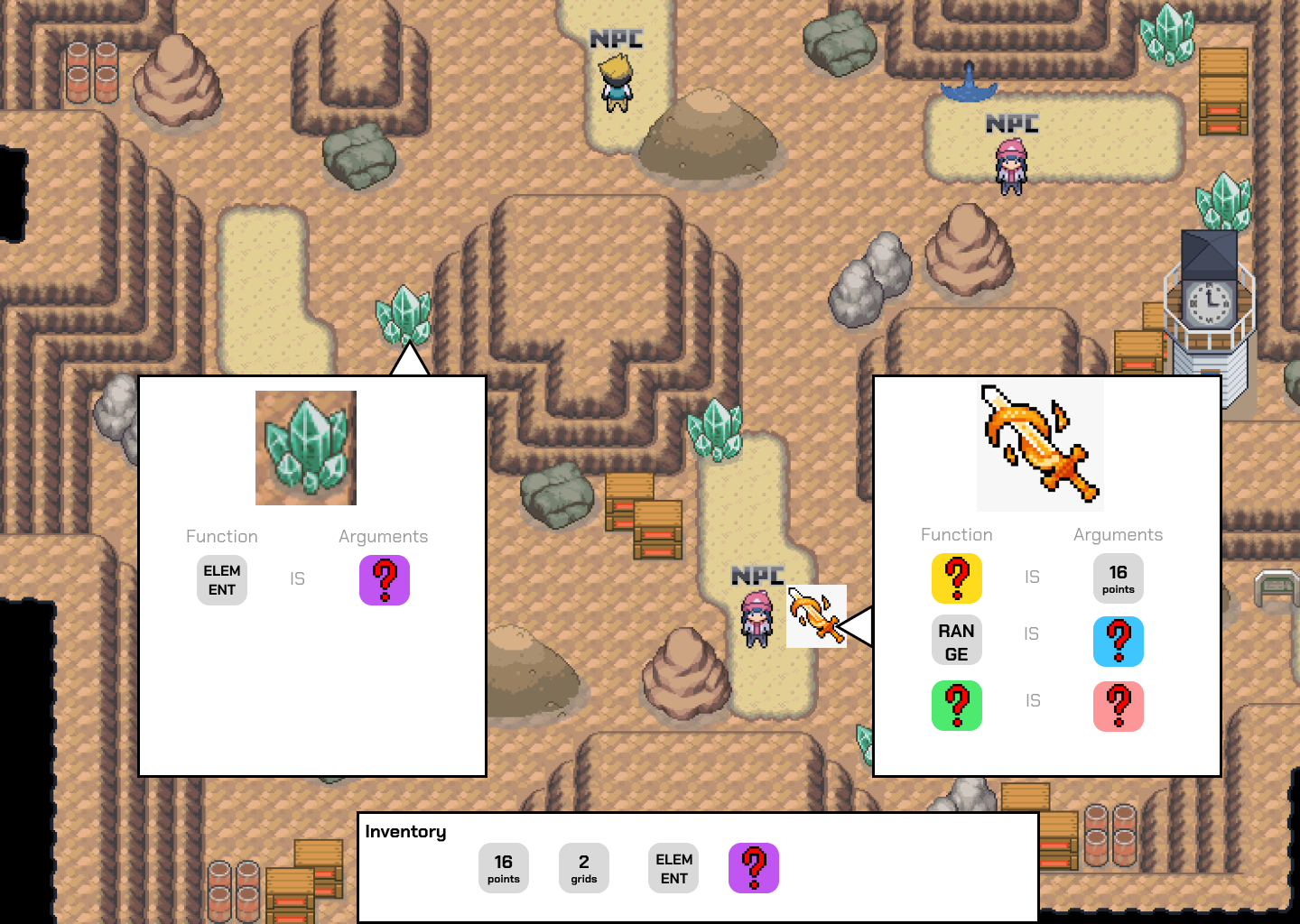
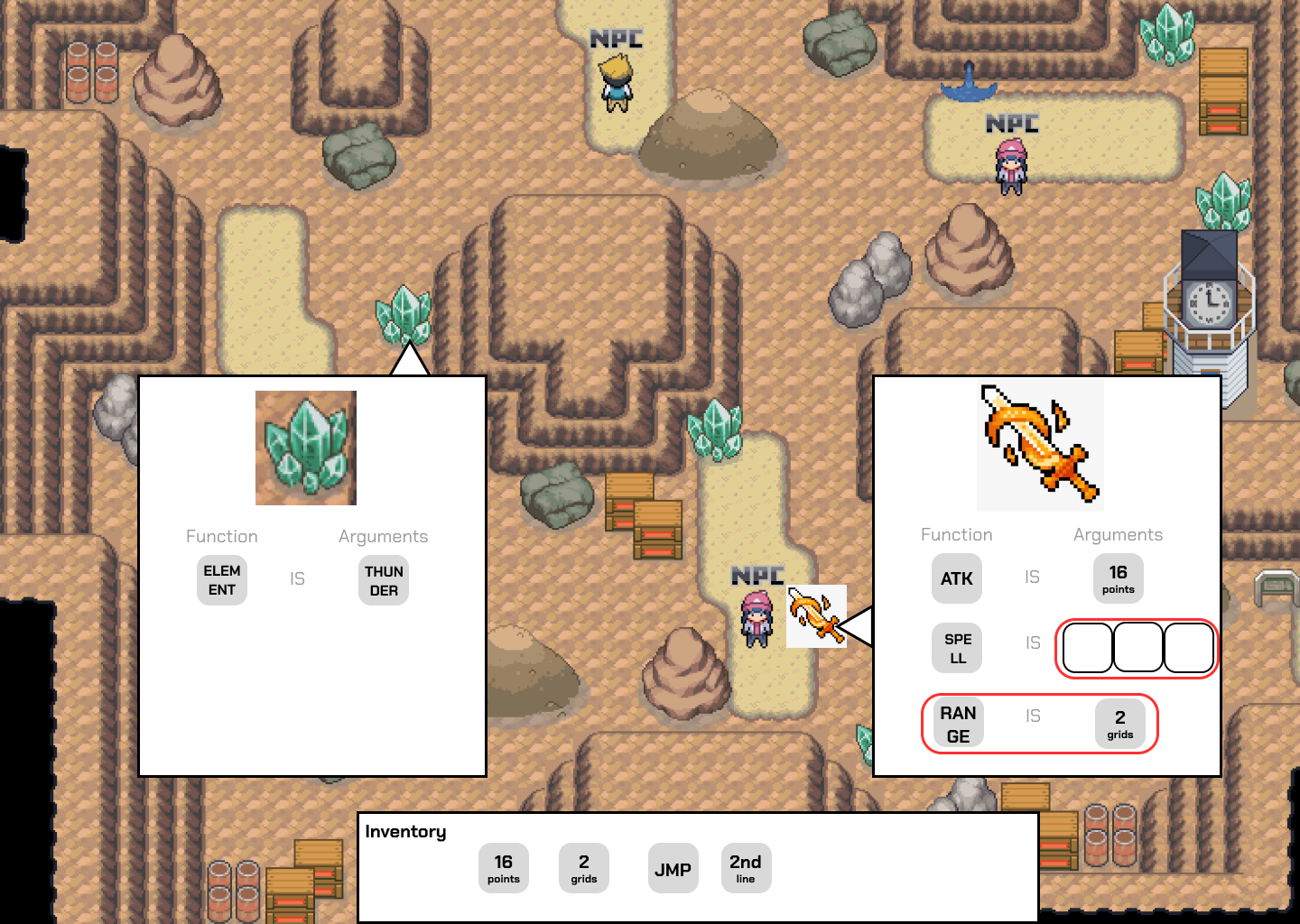
Decision
We presented the 5 drafts to our client and had a long discussion about their preference and the expected approach for the game. Long story short, we should rather assume the audience doesn’t have any background in programming and address the topics from a high-level top-down view. We’d focus on the ultimate mission of illustrating the concepts of binary exploitation and reverse engineering first, and better not to require too much coding prerequisite. But if necessary, our client suggested we could either do the teaching of fundamental programming skills in the game or simply include some tips and links in the game to ask the audience to get themselves prepared with background knowledge before advancing.
With the conclusion above, we finally decided to aim for an in-between of Decompiling Knight and Exception, as they were inherently similar. Byte Factory focused too much on the low-level binary system. Core gameplay mechanics of Nobody were based on data structure and type-casting, but some of the puzzle logic will be preserved and referred to. Slay the Buffer was liked by many people but might be out of scope.
Paper Prototype
We made the first paper prototype of a puzzle level to demonstrate the core interaction, mechanics, and how a puzzle works. The documentation of the rules and level is here.
We playtested with 2 ETC students and they both figured the puzzle out.
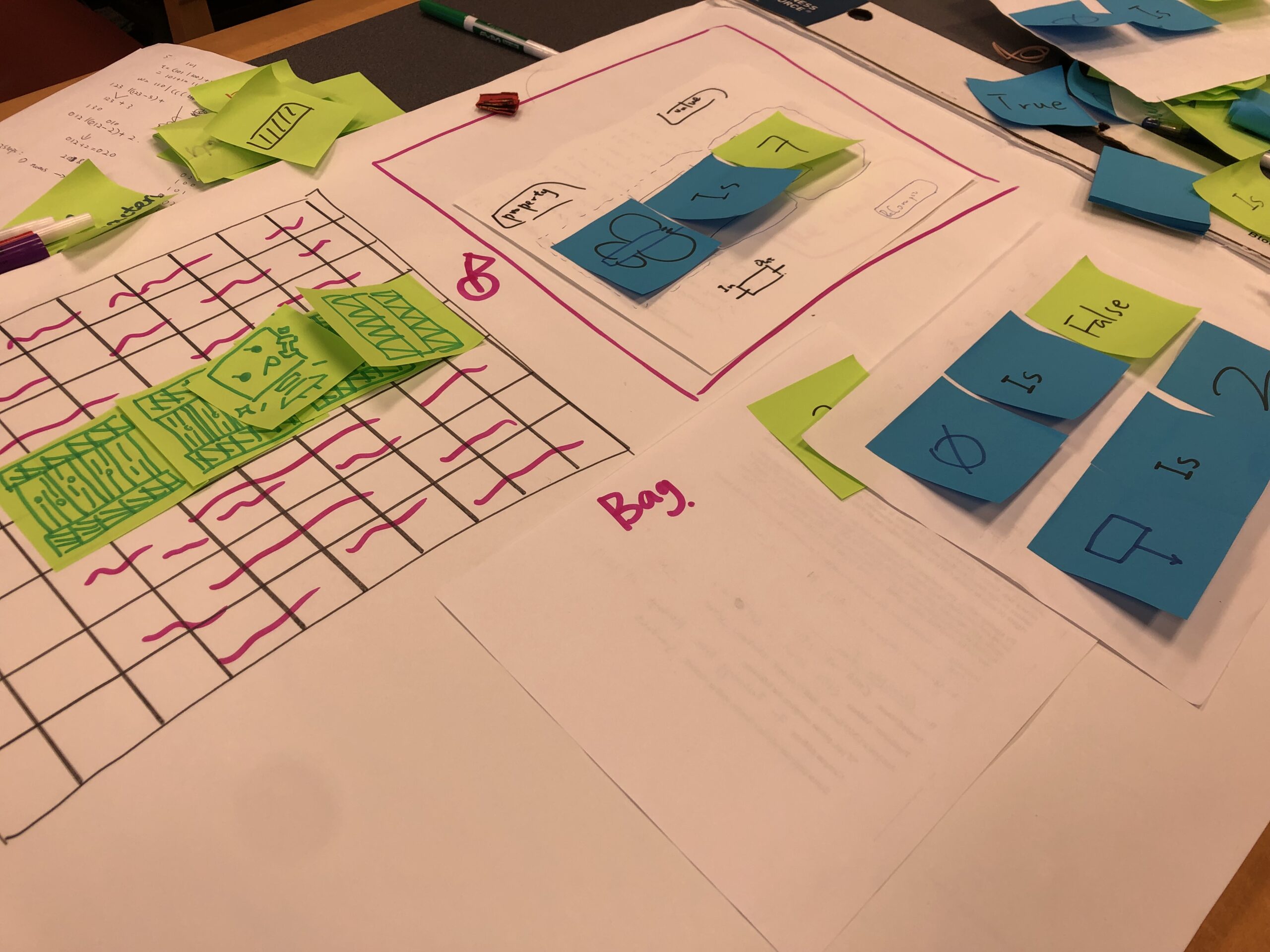
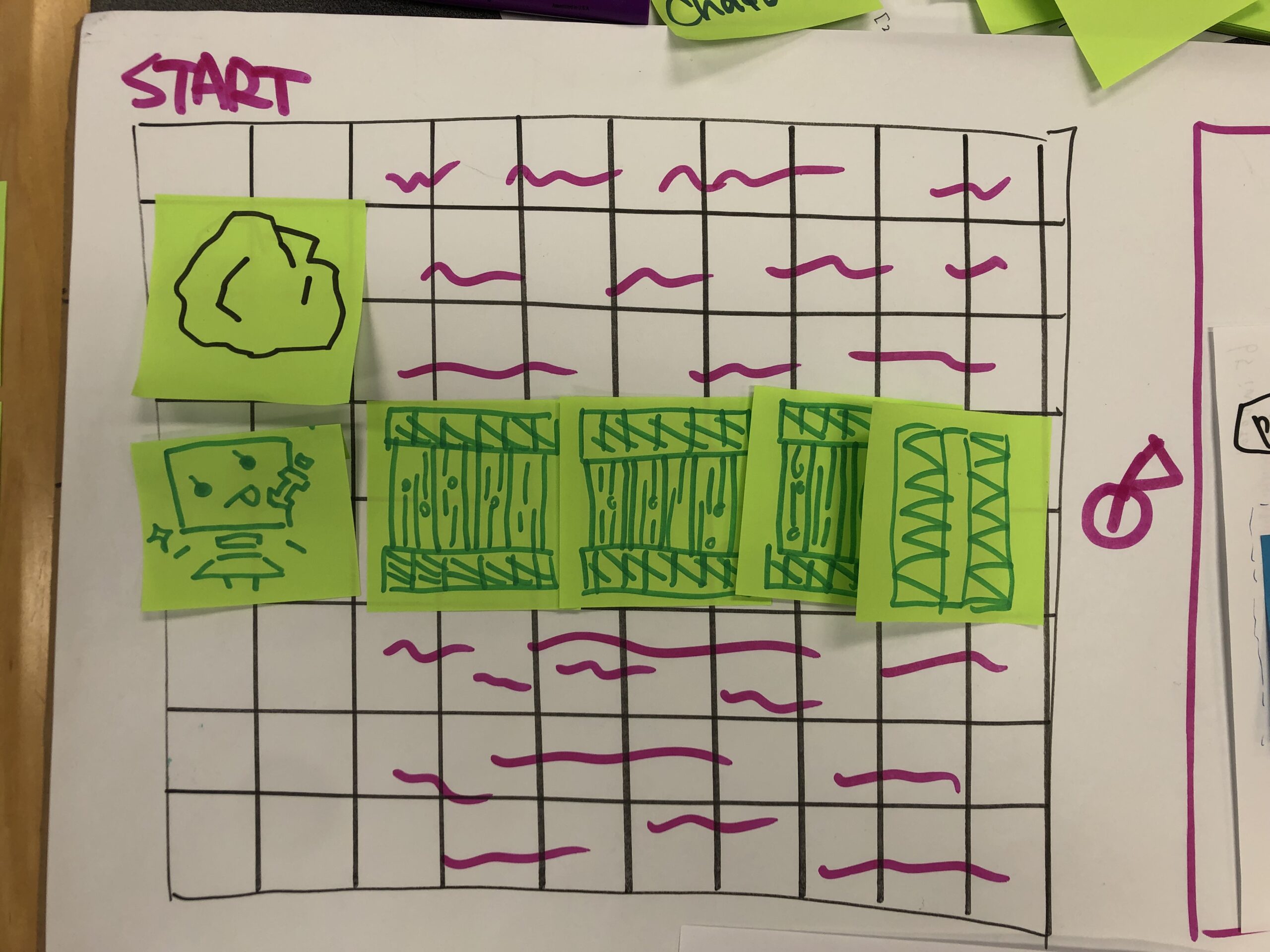
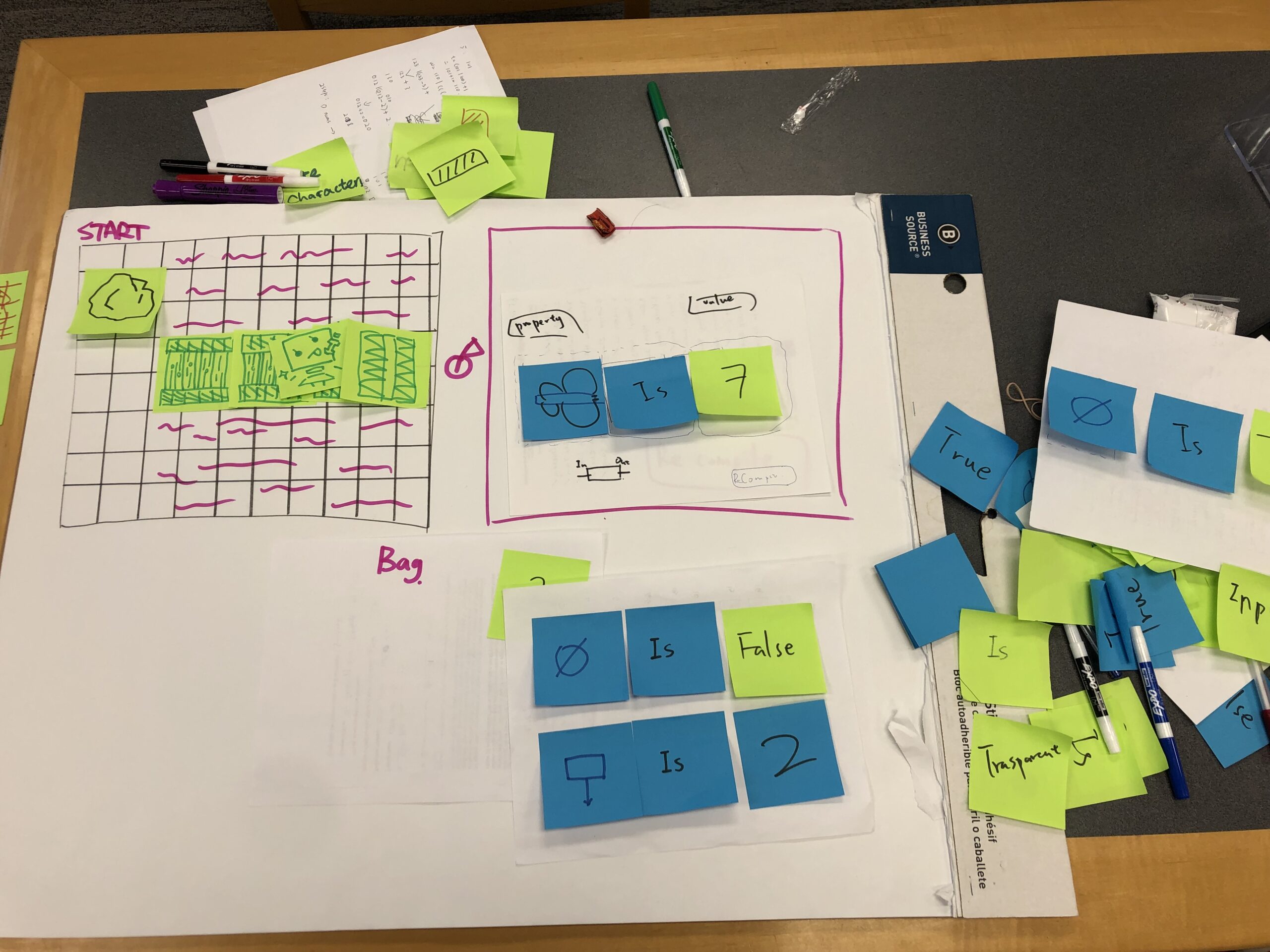
Next Steps
Our programmers and artist will start turning the paper prototype into a digital one, and our designers will start designing more levels on paper. We are arranging a playtest with Cornell High School students and hope to have it on week 6, a week before the Half Presentation. The goal for week 5 and week 6 is straightforward – start building the digital game and keep playtesting and iterating!
